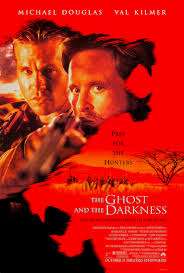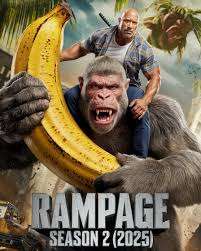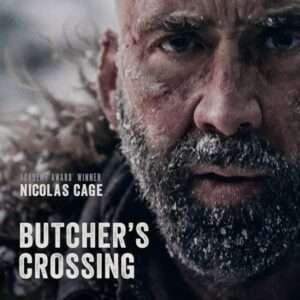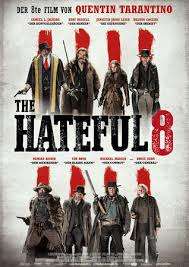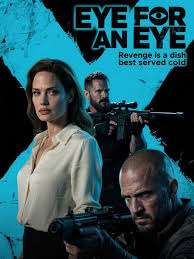Robert Eggers (The Witch, The Lighthouse, The Northman) returns with his long-gestating passion project—Nosferatu (2024), a reimagining of F.W. Murnau’s 1922 silent horror masterpiece. This isn’t a mere remake but a full-blooded Gothic horror film, dripping with dread, shadow, and an unsettling performance by Bill Skarsgård as the vampiric Count Orlok.
Eggers’ Nosferatu is a visually stunning, relentlessly eerie experience that pays homage to German Expressionism while carving its own path. It’s not for everyone—its deliberate pace and oppressive atmosphere may test some viewers—but for those who crave slow-burn horror with artistry, it’s a feast.
Plot Summary
The film follows the original’s framework: Thomas Hutter (a gaunt, haunted Nicholas Hoult), a real estate agent, is sent to Transylvania to finalize a deal with the reclusive Count Orlok (Bill Skarsgård). Upon arriving at Orlok’s decaying castle, Hutter slowly realizes his host is no ordinary man but a centuries-old creature of the night.
Meanwhile, back in Germany, Hutter’s wife, Ellen (Lily-Rose Depp), begins experiencing terrifying visions—visions that suggest she is psychically linked to Orlok’s hunger. When the Count relocates to their town via a plague-infested ship, Ellen becomes both his obsession and his potential downfall.
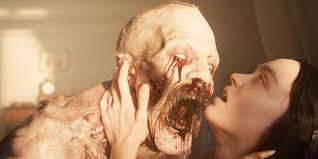
Strengths
1. Bill Skarsgård’s Unforgettable Orlok
Skarsgård’s take on the vampire is grotesque, otherworldly, and deeply unsettling. With elongated fingers, sunken eyes, and a skeletal frame, he moves like a living shadow. Unlike modern, romanticized vampires, this Orlok is a primal force of decay—less seductive, more plague incarnate. His presence alone chills the blood.
2. Eggers’ Visual Mastery
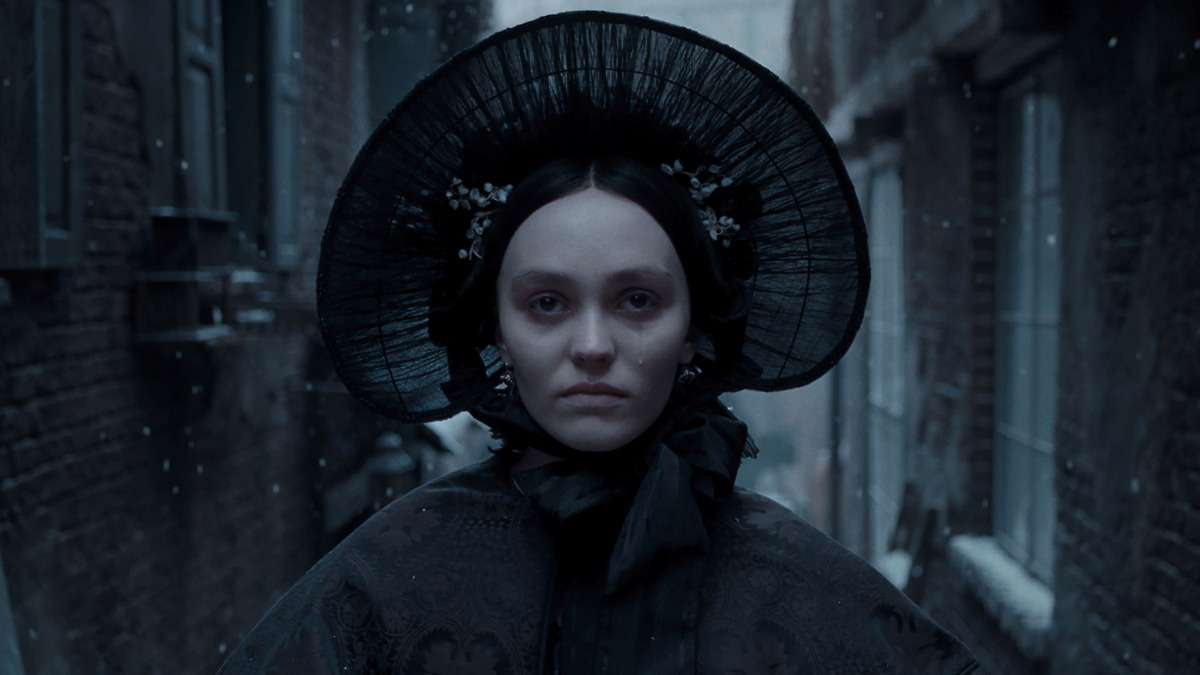
Shot by Jarin Blaschke (The Lighthouse), the film is a black-and-white nightmare (with subtle color grading in certain scenes). Every frame feels like a Gothic painting come to life:
-
Orlok’s castle, a labyrinth of cobwebs and bone.
-
The ghost ship sequence, where corpses litter the deck in eerie tableaus.
-
Ellen’s haunting visions, where shadows seem to breathe.
3. A Soundscape of Dread
The score, composed by Mark Korven (The Witch), is a dissonant, nerve-shredding mix of choirs, strings, and industrial noise. The absence of traditional jump scares makes the creeping dread even more effective.
4. Themes of Obsession & Decay
Eggers explores:
-
The vampiric as disease (Orlok brings literal and spiritual rot).
-
Female agency in horror (Ellen is more than a victim—she’s a tragic, active force).
-
The inevitability of death (no one escapes Orlok’s grasp unscathed).
Weaknesses
1. Deliberate Pacing
At 2 hours 15 minutes, the film moves glacially. Those expecting Dracula-style theatrics may grow restless.
2. Minimal Dialogue
Eggers favors silence and atmosphere over exposition. Some may find it too sparse.
3. A Familiar Story
If you know the original Nosferatu or Dracula, few narrative surprises await. The power is in the execution, not innovation.
Comparison to Other Vampire Films
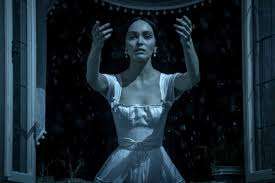
-
Vs. Nosferatu (1922): Eggers’ version is more immersive but less revolutionary.
-
Vs. Shadow of the Vampire (2000): Less meta, more purely horrific.
-
Vs. The Lighthouse (2019): Similar aesthetic madness, but Nosferatu is more accessible.
Final Verdict: A Gothic Triumph
Nosferatu (2024) is not a crowd-pleaser—it’s a mood piece, a slow descent into madness. For horror purists, it’s one of the year’s best. For casual viewers, it may feel like a beautiful, exhausting trance.
Rating: 8.5/10
✔ Skarsgård’s terrifying Orlok, breathtaking visuals, oppressive atmosphere
✖ Slow pacing, minimal dialogue, predictable beats for vampire fans
Recommendation: See it in theaters for the full experience. If you loved The Witch or Bram Stoker’s Dracula (1992), this is essential. If you prefer Twilight or Interview with the Vampire, tread carefully.
Best Enjoyed With: Absolute darkness, a stiff drink, and a willingness to be haunted
